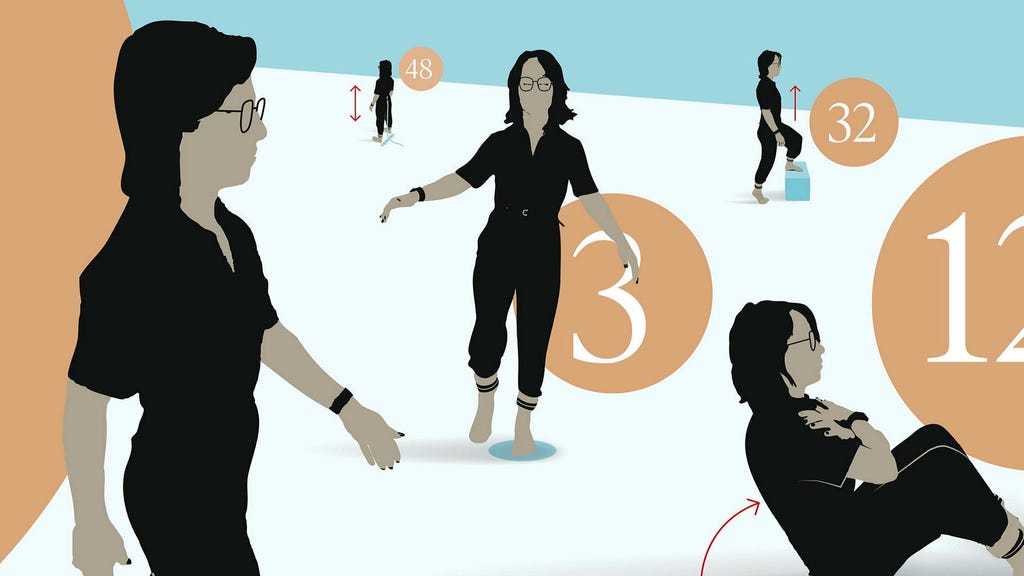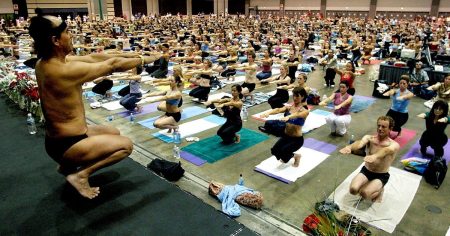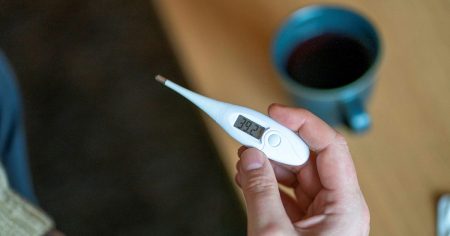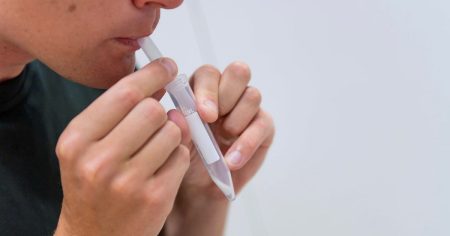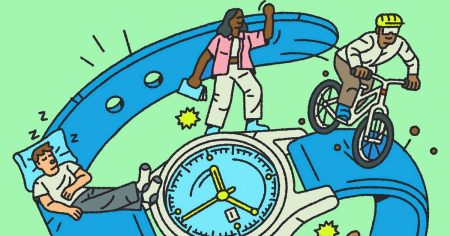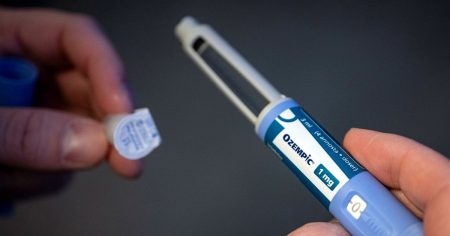This text describes a set of simple physical tests to assess general fitness and provides context regarding their significance. These tests, focusing on step count, leg strength, balance, core strength, and vertical jump height, offer a snapshot of one’s physical capabilities, though they aren’t comprehensive. The results are compared against average values for different age groups, serving as a benchmark for individuals to understand their physical condition. While these assessments don’t diagnose medical issues, they encourage self-reflection on activity levels and potential areas for improvement.
Step count, a commonly used metric, provides an estimate of daily activity. However, it’s important to acknowledge its limitations, as it doesn’t capture activities like strength training, cycling, or swimming. Despite this, it remains a readily accessible measure via smartphones and fitness trackers. Studies show varying step count targets correlated with health, ranging from 4,000 to over 10,000 steps per day, depending on age and the specific study population. Younger individuals are generally advised to aim for 8,000-10,000 steps, while older adults can target 6,000-9,000 steps. These are approximate guidelines, and individual needs may vary.
Leg strength, crucial for everyday tasks and fall prevention, is assessed by stepping onto a 32cm high box. The ability to perform this task with each leg suggests adequate strength for activities like walking and climbing stairs. This test signifies functional strength, reflecting the capacity to use leg muscles effectively in daily life. Failing to complete this test might indicate weakness in the leg muscles and a potential increased risk of falls, particularly in older adults.
Balance is evaluated by standing on one leg on a narrow surface or with eyes closed on a stable surface, counting the number of times the other foot touches the ground for support within 60 seconds. This test reflects the ability to maintain stability, an important aspect of overall physical function and fall prevention. A higher count of foot touches indicates poorer balance and a potentially increased risk of falls.
Core strength, essential for stability and posture, is measured using a modified sit-up test. The test involves three sets of five sit-ups, each with increasing difficulty based on hand placement – on thighs, crossed on chest, and behind the neck. The maximum score is 15, reflecting a good level of core strength. This test targets the abdominal muscles and assesses their ability to perform controlled movements. A lower score suggests weaker core muscles, which can contribute to back pain and postural issues.
Vertical jump height evaluates lower body power and explosiveness. The test involves measuring the difference between standing reach and maximum jump height. This test provides insights into the power and strength of leg muscles and overall athletic ability. A higher jump height indicates greater power and strength in the lower body. While not directly related to everyday activities for most people, it can be a useful indicator of overall physical fitness.
It’s important to note that these tests represent snapshots of physical capabilities. The provided values are illustrative and represent average performances based on population studies. They aren’t diagnostic tools and shouldn’t be interpreted as definitive measures of health. The relationship between physical capacity and health is correlational, not necessarily causal. These tests serve as motivating factors for individuals to assess their current fitness levels and consider lifestyle changes to enhance their overall well-being. Consulting a healthcare professional for personalized recommendations is always advised, especially if experiencing any physical limitations or health concerns. Furthermore, these tests don’t account for individual variations in genetics, lifestyle, and training history, which can significantly influence performance. They should be viewed as starting points for self-assessment and further exploration of individual fitness needs.





